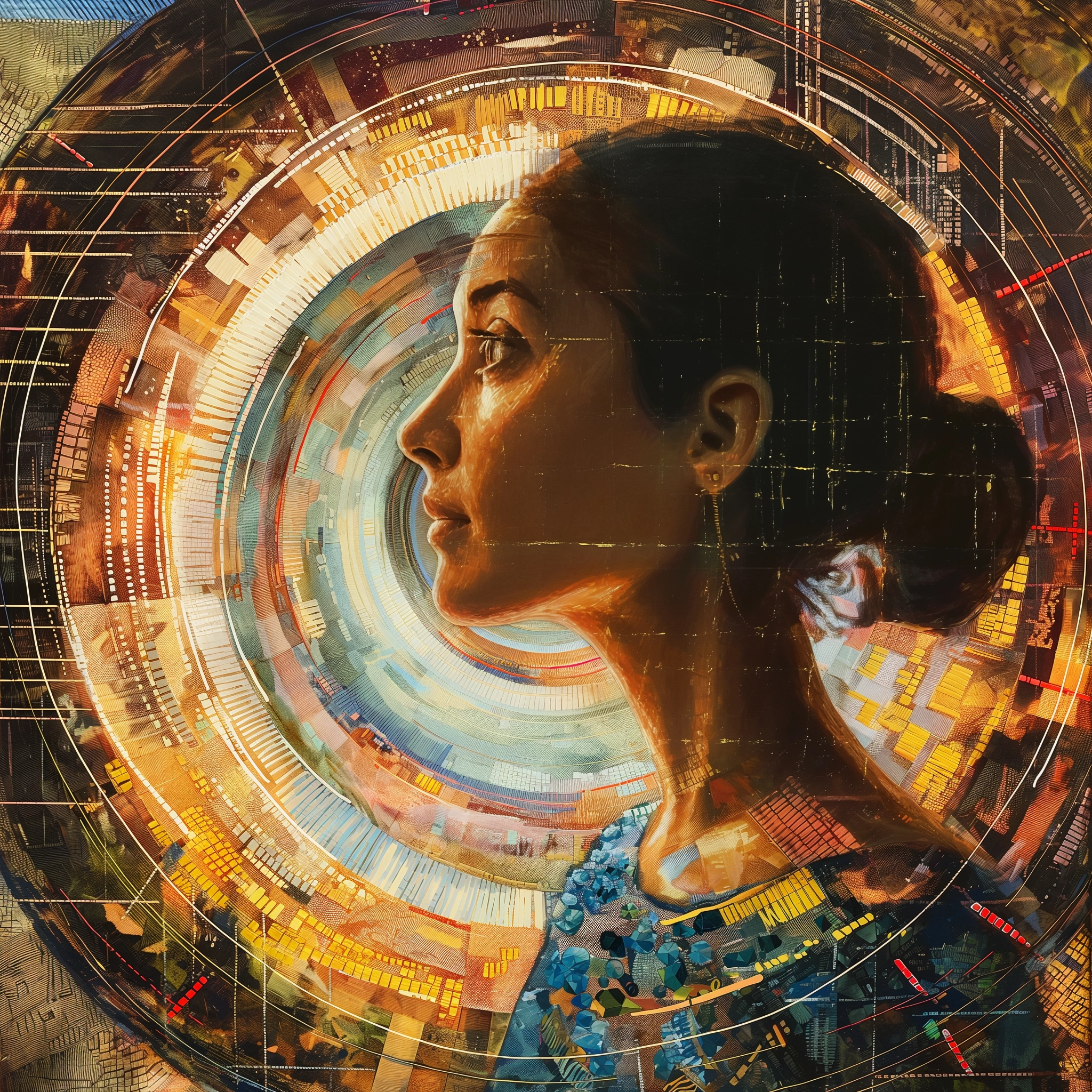The emergence of Non-Fungible Tokens (NFTs) has revolutionized the art world, offering artists unprecedented levels of autonomy and control over their work. In this article, we explore the transformative impact of blockchain technology on artist autonomy and the broader implications for the art market.
Introduction to NFTs and Artist Autonomy
NFTs represent unique digital assets that are stored on a blockchain, providing artists with a new means of monetizing and protecting their creative output. By leveraging blockchain technology, artists can assert greater control over their intellectual property and retain ownership of their work.
Understanding the Impact of Blockchain Technology
What are NFTs?
NFTs are cryptographic tokens that are indivisible and cannot be replicated, making each one unique. These tokens serve as digital certificates of authenticity for digital artworks, enabling artists to prove ownership and control over their creations.
How blockchain technology empowers artists
Blockchain technology provides artists with a transparent and tamper-proof record of ownership, ensuring the integrity and provenance of their work. Smart contracts, embedded within NFTs, enable artists to automate royalty payments and set terms and conditions for the use of their art.
The Evolution of Artist Autonomy
Direct monetization opportunities
NFTs offer artists new avenues for monetizing their work, bypassing traditional gatekeepers such as galleries and auction houses. By minting their creations as NFTs, artists can sell directly to collectors and fans, retaining a greater share of the proceeds from their sales.
Increased control over intellectual property
With NFTs, artists have greater control over the distribution and reproduction of their work. They can specify how their art is used and enforce royalties for secondary sales, ensuring they receive fair compensation for their creative efforts.
Redefining Ownership and Authenticity
Ensuring provenance and scarcity
Blockchain technology enables artists to establish provenance and scarcity for their digital creations, addressing concerns of authenticity and value. Collectors can verify the legitimacy of NFTs and trace their ownership history back to the original artist, enhancing the value and prestige of digital artworks.
Empowering artists to set terms and conditions
NFTs empower artists to set terms and conditions for the use of their art, including resale royalties and licensing agreements. This enables artists to protect their intellectual property rights and ensure that they are fairly compensated for the commercial exploitation of their work.
Addressing Challenges and Criticisms
Environmental concerns
The energy-intensive nature of blockchain networks has raised concerns about the environmental impact of NFTs. However, efforts are underway to develop more sustainable blockchain solutions and offset carbon emissions associated with NFT transactions.
Accessibility issues
Despite the promise of democratization, the NFT space has been criticized for its exclusivity and high barriers to entry. Artists from marginalized communities may face challenges accessing and participating in the NFT market, limiting the diversity and inclusivity of digital art.
The Future of NFTs and Artist Autonomy
Innovations in blockchain technology
As blockchain technology continues to evolve, we can expect to see innovations that further enhance artist autonomy and creativity. From decentralized marketplaces to digital identity solutions, blockchain has the potential to revolutionize the way artists create, distribute, and monetize their work.
Potential impact on the art world
The rise of NFTs has the potential to democratize the art market by empowering artists and collectors alike. By removing intermediaries and barriers to entry, NFTs enable artists to reach a global audience and establish direct relationships with collectors, reshaping the dynamics of the art world.
Conclusion: Embracing the Potential of Blockchain for Artists
In conclusion, NFTs represent a paradigm shift in the art world, offering artists unprecedented levels of autonomy and control over their creative output. By harnessing the power of blockchain technology, artists can assert ownership over their work, monetize their creativity, and engage with audiences in new and innovative ways. Embracing the potential of blockchain for artists is essential for fostering creativity, diversity, and sustainability in the digital age.

